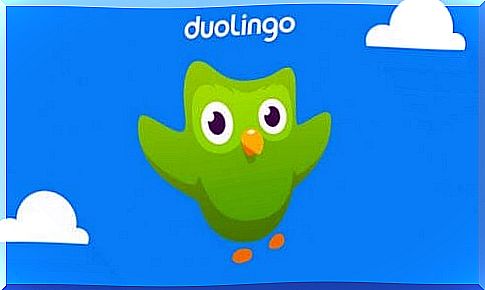8 Applications For Learning A Foreign Language – Being Parents

Foreign Language Learning Apps are wonderful tools for turning education into an interactive process. Technology is an effective way to encourage children to acquire new knowledge in an attractive and vivid way.
With these apps, you will make your kids see the educational aspect as something fun and fun.
The applications that you will discover next are useful for children from an early age. They have different perspectives.
Remember, the earlier you start encouraging your children to learn a foreign language, the easier it will be for them to learn. With these tools, it is possible to stimulate the four basic communicative skills in your children.
Applications for learning a foreign language
-
Duolingo
One of the most used tools for its ergonomics and efficiency is Duolingo. This is an application that offers children the possibility of learning English, French, German or Russian through very simple functions.
This application should be used when they can read and write to be able to do the exercises included in each level.
Also read:
5 activities to work on reading with children
Source: www.gizlogic.com -
Fun English to learn a foreign language
It is an application that can be used by children between 3 and 10 years old. She focuses on the acquisition and learning of vocabulary and short sentences in English.
You can choose several levels of difficulty and several types of accents. It can be downloaded for free on iPhone or iPad. It is not yet available on the Play Store.
-
Learn English Kids videos
One of the most downloaded apps for learning a foreign language is Learn English Kids , launched by the British Council.
It is an application in which they can watch videos, answer questions on them and practice vocabulary, pronunciation and listening comprehension.
In addition, it has a series of virtual exercise pages that are available on the site of the same name.
-
Rosetta Stone Kids
In this application, the emphasis is on understanding simple texts in English or Spanish. It also helps recognize letter sounds, recognize common words, and improve pronunciation.
It is recommended for use by preschool or primary school children. It is available on the Apple Store and the Play Store.
-
Gus on the Go
This app allows you to learn Russian, Italian, Mandarin Chinese, French, Hebrew, Portuguese, German and including Arabic. She has a variety of activities that teach numbers, colors, foods and many other new words.
It also contains audio and video multimedia resources that facilitate learning. It is a paid application that can be found on the Play Store and the Apple Store.
Other applications for learning a foreign language
-
Learning by Mindsnacks
With Mindsnacks , your children will be able to learn several languages such as French, Japanese or Portuguese through games, phrases and words. You also have the option of accessing audio tracks recorded by natives all over the world. It is an app that is only available on the Apple Store.
-
LingoKids
This app allows your kids to practice what they learn in English lessons at school and move forward independently. It features games, songs and multiple interactive activities that will keep your kids motivated all the time. They will have fun devoting a few minutes of their day to reinforcing a foreign language.

-
Chinese Skill
If you want to encourage your kids to learn Mandarin, this is a great option. It is an interactive course which is based on games and which is divided into levels. Its advantage is that it was created based on recognized standards for language proficiency. It can be found both on the Play Store and on the Apple Store.
In addition to these applications for learning a foreign language, there are also applications in the Store for learning alternative languages such as sign language or braille. Although their use is not as popular, it is also important to achieve effective and inclusive communication.









